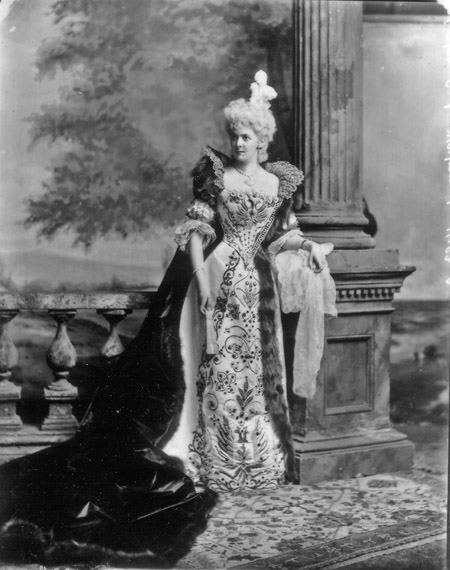
When I first began reading and writing historical romance, the most pressing topic was the proper usage of British titles. For example, you address a duke as “Your Grace” (or, as seen in Downton Abbey, “Duke” if you are of the same rank), the second, third, and so on sons of earls are the Honourable Firstname Lastname, but the daughters are Lady Firstname Lastname, and Francis George Thynne, Marquess of Bankshead is Lord Bankshead, not Lord Thynne or Lord Francis, etc etc. Needless to say, the issue of titles still trip up even the best and most thorough of authors, particularly the issue of inheritance and primogeniture.
Titles, Addresses, Inheritance and Primogeniture are further complicated by the differing laws between the English peerage, the Irish peerage, the Scottish peerage, the British peerage, and the UK peerage (did you know that prior to the Peerage Act of 1963, a Scottish peer needed to be elected to sit in the House of Lords and other Scottish peers–even up to a Duke!–sat in the House of Commons? Irish peers sat in the Commons as well, which is why many imminent Victorian and Edwardian statesmen were given Irish titles so they could remain there).
But the one issue that looms the largest is that of women’s inheritance of titles. In America’s relatively egalitarian society, it seems unconscionable that, barring the lack of a male heir, a title either died off, fell into abeyance, or was passed to a distant relative. Granted, many titles in abeyance (usually baronies) passed to female relations, but according to Valentine Heywood, “when there is more than one daughter all are regarded as equal co-heirs. The result is that no one daughter can inherit until all the others are dead, or no issue of a daughter can inherit until the issue of other daughters is extinct. In other words, the title is in a state of suspended animation until all the co-equal claims are centered in one person.” This is the situation which befell Miss Marcia Lane-Fox, daughter of the 12th Baron Conyers.
Lord Conyers’ heir and Marcia’s elder brother, Sackville FitzRoy, predeceased him, and when Lord Conyers died in 1888, his barony fell into abeyance. Marcia petitioned the Queen for the abeyance to be terminated in her favor in 1891, which was granted the following year. Marcia later laid claim to the barony of Fauconberg, which had fallen abeyance for some four and a half centuries after the death of the sixth baron, in 1463. Also in dispute was the barony of Darcy de Knayth, and Marcia and her younger sister Violet, laid a claim for this title, which dated back to 1332 and fell into abeyance when the fourth earl died in 1778, because it was thought that the patent limited the succession to heirs male. The sisters quickly rectified this mistake in a petition found in a 1900 volume of Journals of the House of Lords (the entire petition listed the family’s entire genealogy as proof! Here is the relevant excerpt):
That by a Petition presented to Your Majesty in December 1891, the facts in relation to the Barony of Conyers, and that Barony only, were represented unto Your Majesty, and Your Majesty was graciously pleased in consequence to determine the abeyance of the said Barony of Conyers in favour of the elder of Your Petitioners, but that the said Sackville George Lord Conyers, the father of Your Petitioners, was also of right possessed of the ancient Baronies of Darcy de Knayth and Meynill now in abeyance between Your Petitioners, and was also a coheir to the ancient Barony of Fauconberg.
That it is Your Majesty’s undoubted prerogative, and right to terminate in favour of either of Your Petitioners, the abeyance of the said Baronies of Darcy de Knayth, Meynill, and Fauconberg by admitting either of the coheirs to the enjoyment of any one of the said Dignities. Your Majesty’s Petitioners, the said Marcia Amelia Mary, Countess of Yarborough, Baroness Conyers, and Violet Ida Evelyn, Countess of Powis, do therefore humbly beseech Your Majesty:
That Your Majesty will be graciously pleased to exercise Your Royal Grace, and terminate in favour of the said Violet Ida Evelyn, Countess of Powis, one of Your Majesty’s Petitioners, the abeyance now existing in some one of the three Baronies, together with the rights, privileges, eminencies, immunities, and advantages, and the place and precedence due and belonging thereto; to hold the same to her and the heirs of her body lawfully begotten, and to be begotten, for ever; and That Your Majesty will further be graciously pleased to exercise Your Royal Grace, and terminate in favour of the said Marcia Amelia Mary, Countess of Yarborough and Baroness Conyers, the other of Your Majesty’s Petitioners, the abeyances now existing in the remaining two of the three said Baronies together with the rights, privileges, pre-eminencies, immunities, and advantages and the places and precedences due and belonging thereto; to hold the same to her and the heirs of her body lawfully begotten, and to be begotten, for ever.
And Your Petitioners will ever pray.
(Signed) Marcia Yarborough Conyers.
(Signed) Violet Powis.
The barony of Fauconberg was granted to Marcia in 1903, and that same year, the House of Lords also agreed to grant the barony of Darcy de Knayth to Marcia’s sister, the Countess of Powis. As a result of these baronies, Marcia and Violet’s sons were able to “sit in the House of Lords as a peer simultaneously with [their fathers], for both these ladies died before their husbands and their baronies devolved on their sons, who thus became peers in their fathers’ lifetime.”
Other Edwardian peeresses in their own right were:
* Sibell Lilian Blunt-Mackenzie, 3rd Countess of Cromartie
* Elizabeth Adeline Mary Bligh, 17th Baroness Clifton (born in 1900, who, at the age of two, was present at the coronation of King Edward VII)
* Gwendolen, wife of the 15th Duke of Norfolk, who succeeded her father as Lady Herries of Terregles
* The Baroness Wentworth, the great granddaughter of Lord Byron
* Mona Fitzalan-Howard, 11th Baroness Beaumont
* Vera Ruby Williams, 15th Baroness Berners.
Further Reading:
British Titles by Valentine Heywood
Every Woman’s Encyclopaedia v3

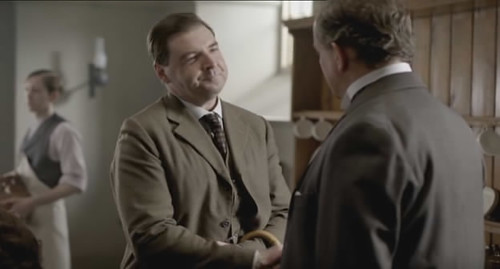
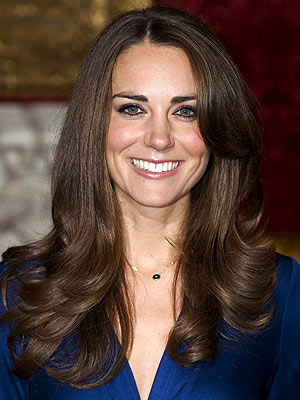
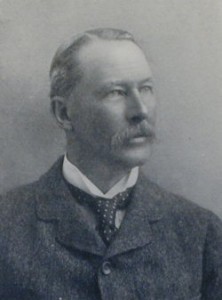
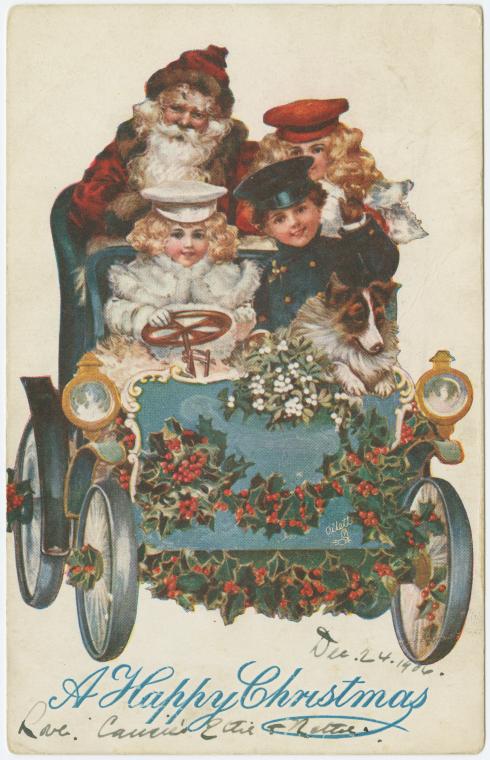
Lord Byron had a great-granddaughter? I thought his daughter died in boarding school. Did he have another kid and I missed it? D:
That was his illegitimate daughter with Claire Clairmont. His legitimate daughter with his wife Annabella survived to become the first computer programmer.